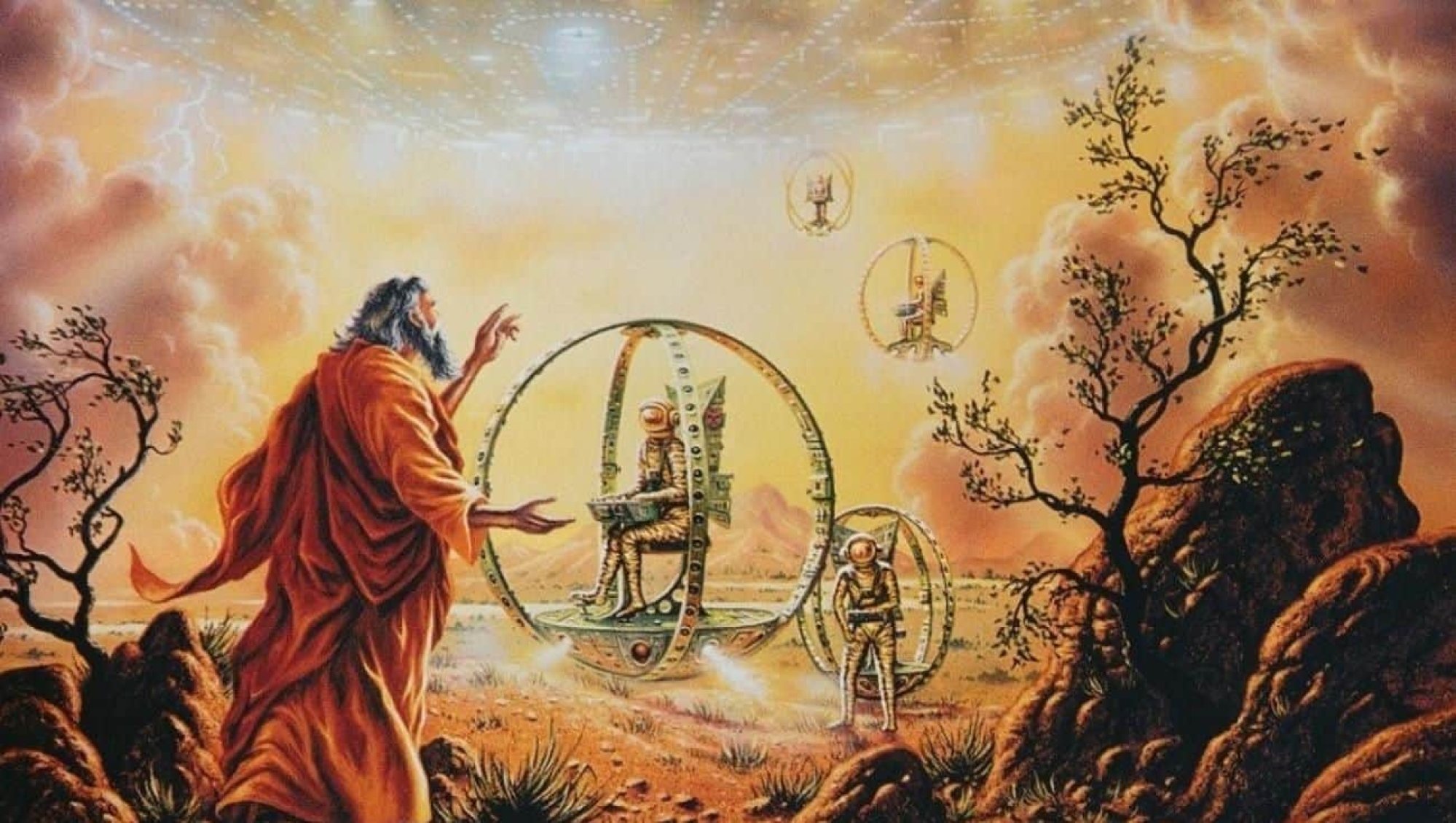
Aliens in China? An extraterrestrial civilisation thrived in ancient times, believe some, based on relics uncovered by archaeologists
- Three thousand-year-old artefacts unearthed at Sanxingdui, first in the 1920s and then in the 80s, have convinced many of past alien life in southwestern China
- Historians have begun to speak of multiple centres of advanced cultures in the ancient world that were ‘jointly ancestral to Chinese civilisation’
The much anticipated United States government report, released last month, on sightings of unidentified flying objects was inconclusive and disappointed many who had expected explosive revelations about the existence of “flying saucers” and alien life forms in our midst.
The US Department of Defence reviewed 120 incidents of unidentified aerial phenomena (UAP; a less “triggering” term than UFOs) that had been reported over the past two decades, and concluded that there is no evidence to link them with any extraterrestrial visitations, though the Pentagon was careful not to rule out that possibility. The only unequivocal finding is that the UAP were not part of an advanced technological programme of the US military or any other organisation.
Inevitably, the report will be held up by UFO enthusiasts and cranks as further evidence of government deception. No amount of scientific or logical evidence can convince conspiracy theorists the likes of QAnon followers, anti-vaxxers and flat-Earthers that their unshakeable beliefs are, in fact, as sturdy as houses built on sand.
The opening chapter of the Book of Ezekiel in the Old Testament of the Bible is often cited by many as a record of an ancient sighting of UFOs and aliens. In the chapter, the prophet Ezekiel (c.622BC–c.570BC) is recorded as having “visions of God” by the banks of the river Chebar (located in present-day Iraq) when he was living with Hebrew exiles. In this vision, he saw, amid stormy winds and bright clouds with “fire flashing forth continually”, four living creatures of human form, each with four faces and four wings, which “sparkled like burnished bronze” and “darted to and fro, like a flash of lightning”.

Ezekiel also saw four wheels: “their appearance was like the gleaming of beryl; and the four had the same form, their construction being something like a wheel within a wheel. When they moved, they moved in any of the four directions without veering as they moved. Their rims were tall and awesome, for the rims of all four were full of eyes all around.”
Bearing in mind that there are multiple translations of the Bible and the wordings of each version differ, it is still not difficult to see why this chapter has been interpreted as an eye witness record of UFO and extra-terrestrial activity in the ancient world.
Those who are convinced that artistic embellishments and exaggerations on bronzes are a depiction of an alien race are not that different from premodern people who believed that dinosaur bones were the remains of dragons.
Based on the location and dating of the archaeological site, researchers have identified the Sanxingdui culture with the ancient kingdom of Shu, of which records are scant and little is known. This and other discoveries have challenged the traditional narrative, in which the central plain of the Yellow River, in northern China, was the fountainhead of Chinese civilisation.
Historians have begun to speak of multiple centres of advanced cultures in the ancient world that were “jointly ancestral to Chinese civilisation”. Scientific evidence may be thin at present, but more might be discovered and the Sanxingdui culture may cease to be mysterious.

